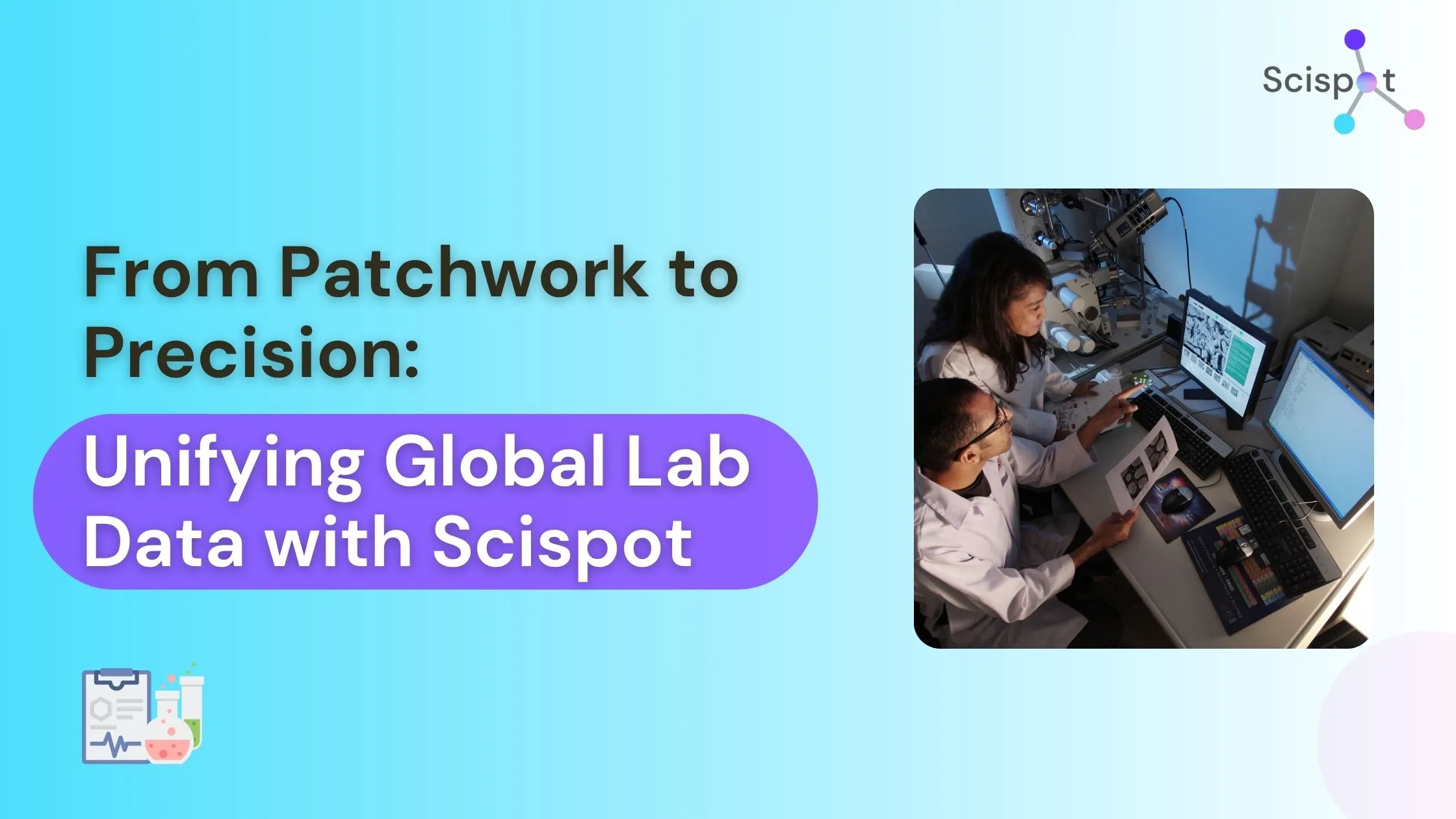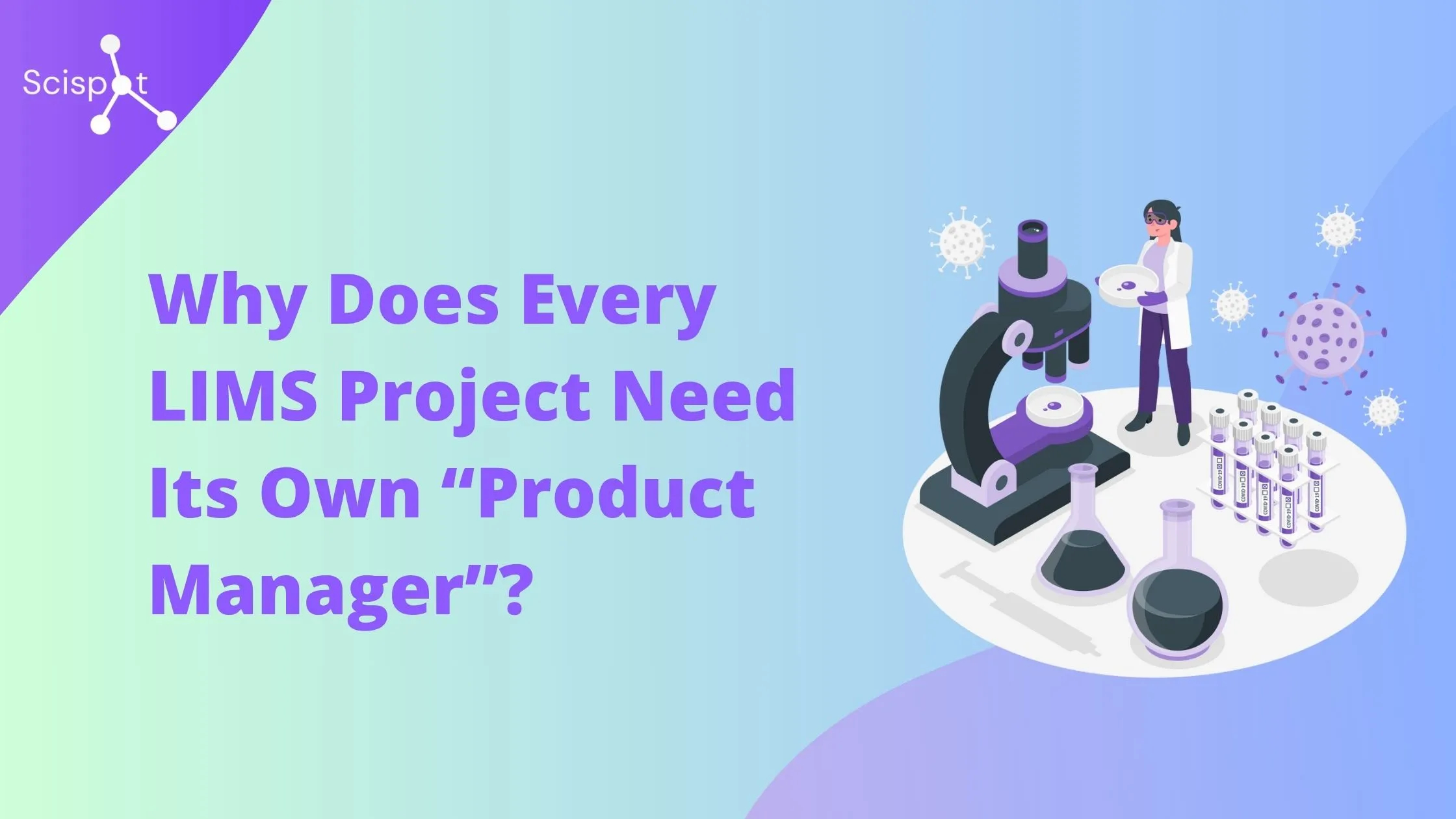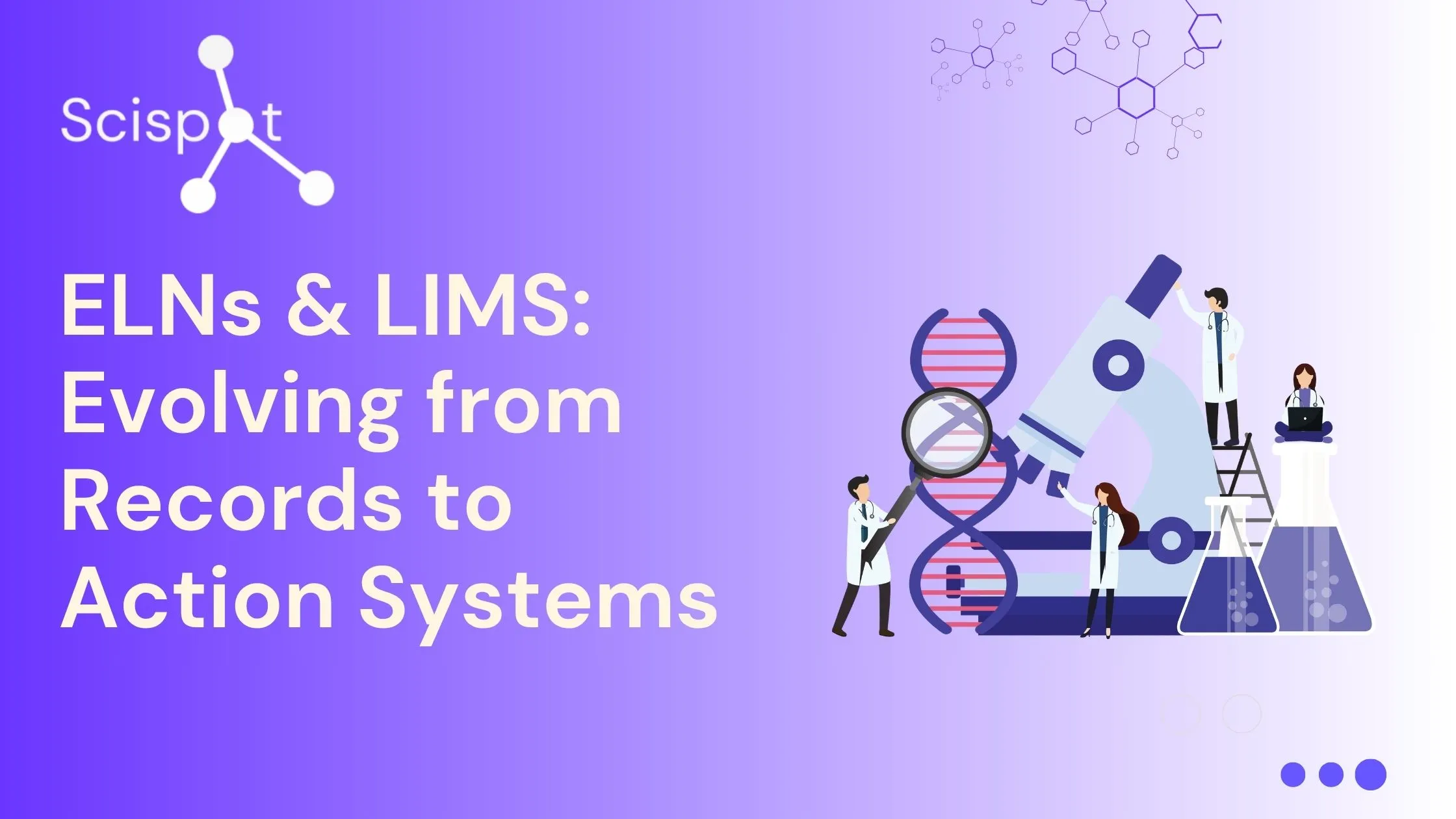Over the last year (2023), we are observing a common trend in Biotech AI companies. Most Biotech companies now rely on the role of data product managers. This role is becoming important part of the data teams. So, what does a data product manager in Biotech do?
1. Requirements Gathering: Data PMs are responsible for creating and managing the requirements for data products. They gather feedback from users and use it to guide the project. In the field of biotechnology, Data PMs might oversee projects such as creating a new platform for discovering drugs. They gather input from scientists to make sure it meets their needs.
In biotech, a Data PM could create a cloud-based data storage system for different types of biological data. This system is made for researchers who want a central and searchable platform for their data sets.
2. Managing Business Logic: Two teams manage the business logic of data: data engineering and data science. The engineering team creates ETL workflows, while the science team develops machine learning algorithms for data products. In the biotech sector, this could involve creating workflows for handling complex biological data and algorithms for identifying potential pharmaceutical candidates. Data PMs play a role in bringing these teams together and coordinating their work.
A biotech Data PM manages a project that combines data engineering and data science teams. They aim to create a predictive model for how patients will respond to a new cancer drug. The model uses patient genetic data and past treatment results, which involves complex workflows and advanced machine learning algorithms.
3. Data Analysis: Data PMs analyze data needs using available data infrastructure for analysis. In biotech, experts analyze lab data to understand drug strength and genetic study results.
In biotech, a Data PM could oversee the analysis of big next-gen sequencing data. In biotech, a Data PM oversees the analysis of big next-gen sequencing data. The goal is to find genetic markers linked to a specific disease. Advanced data tools are used to process and analyze the sequencing data.
4. Data Governance: This position guarantees the precision and reliability of data, establishes security guidelines, and outlines procedures for alerts and monitoring. IIn a biotech company, this could mean protecting patient genomic data to ensure privacy and comply with health data laws. This is an important role of data product management in Biotech.
A Data PM in a biotech company oversees clinical trial data management, ensuring it follows FDA and GDPR rules. They set up secure data storage, create protocols for data access, and monitor data quality.

5. Data Platform: Responsible for building and maintaining the overarching data infrastructure. In a biotech firm, this could involve creating a scalable platform capable of storing and processing vast amounts of biological and clinical trial data.
A Data PM in a biotech firm could create a system that combines lab information management with bioinformatics tools. This system would help transfer data from lab experiments to analysis, supporting research and development projects.
6. Interface between Wet Lab & Computational Biologists: Whether you have humungous amount of data or you are building mathematical models, there are always use cases to share the learnings with your wet lab team. Data product team is responsible for sharing computational methods with wet lab and R&D team.
A Data PM could help create a platform where wet lab researchers can enter their experimental data. The platform would then analyze the data using computer models. This would improve the research process by connecting experimental and computational research.
7. Data PMs are important for non-tech users: They create data products for computational biology, where user experience is vital. CLI can be great but with LLMs, more non technical folks can easily run analysis using natural language. Therefore, it is important to build products for non technical end users in a Biotech company.
One example is creating an easy-to-use interface for a complicated tool that analyzes genomic data. One example is creating a user-friendly interface for a complex genomic data analysis tool. This interface allows biologists without coding knowledge to perform advanced genomic analyses. They can use a simple and easy-to-understand graphical interface with help from a Data PM.
At Scispot, we place data at the heart of our development methodology, treating it as a core product. We carefully handle all stages of data in Scispot GLUE, reflecting our philosophy.
When creating Scispot GLUE, we viewed data as more than just information, but as something that changes and grows over time. This perspective guided every stage of the platform's development, from initial concept to final deployment. We wanted to create a system that manages data effectively and adds value at every stage. Key elements of how data product thinking influenced Scispot GLUE include:
- Scispot GLUE combines data from different sources in biotech. These sources include lab experiments, clinical trials, and research databases. The purpose is to simplify the understanding and utilization of this data. This integration is user-friendly, enabling scientists and researchers to easily handle their data.
- We used advanced techniques to handle data, ensuring it is stored, analyzed, and understood effectively. This allows users to extract meaningful insights from complex datasets, facilitating advanced research and discovery.
- Scispot GLUE allows users to customize data management for biotech research projects. It can be customized for specific purposes like genetics, drug development, or managing clinical trial data.
- We made sure that Scispot GLUE follows strict rules to protect biotech data. The platform meets strict security and privacy standards. It also complies with regulations, giving users a safe place to store their research data.
- We designed Scispot GLUE to handle more data without slowing down. It can adjust to new biotech research and data analysis technologies in the future.
Scispot makes data better in biotech by treating it as a product and improving its value and usability. This method is crucial to the platform's success, making it a strong tool for biotech researchers and professionals.











